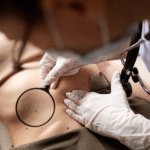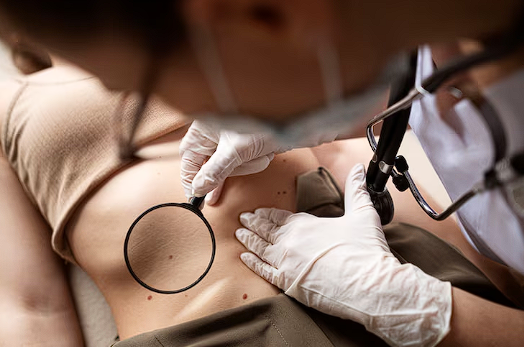As a homeowner, dealing with mold can be a stressful and daunting task. Not only can mold be unsightly, but it can also pose serious health risks to you and your family. If you suspect that mold is present in your home, it’s crucial to take action immediately to prevent further damage and ensure the health and safety of your loved ones.
Introduction to Mold Remediation
Mold remediation is the process of identifying, removing, and preventing mold growth in indoor spaces. Mold assessments are conducted to determine the extent of mold contamination and to develop a remediation plan that will effectively eliminate the mold and prevent its return. Indoor demolition specialists are often called in to safely remove mold-infested materials and restore the affected area to a safe and healthy condition.
Understanding the Dangers of Mold
Mold can thrive in damp and humid environments, such as basements, bathrooms, and kitchens. It can spread quickly and release spores into the air, which can be inhaled and cause a variety of health problems, including respiratory issues, allergies, and even more severe conditions in individuals with compromised immune systems.
The Importance of Mold Assessments
Before any remediation work can begin, a thorough mold assessment must be conducted by a certified professional or mold remediation specialist. This assessment will identify the type of mold present, the extent of the contamination, and the underlying cause of the mold growth. By understanding these factors, a customized remediation plan can be developed to effectively address the mold issue in your home.
Steps to Effective Mold Remediation
- Identify the Source: The first step in mold remediation is to identify and address the source of moisture that is causing the mold growth. Whether it’s a leaky pipe, a roof leak, or poor ventilation, addressing the source of moisture is essential to preventing future mold problems.
- Containment: Once the source of moisture has been addressed, the affected area should be contained to prevent the spread of mold spores to other areas of the home. This may involve using plastic sheeting to create a barrier or even sealing off the affected area entirely.
- Removal of Contaminated Materials: Mold-infested materials, such as drywall, carpeting, and insulation, must be safely removed and disposed of by indoor demolition specialist. These materials cannot be salvaged and must be properly discarded to prevent the spread of mold.
- Cleaning and Disinfection: After the contaminated materials have been removed, the affected area must be thoroughly cleaned and disinfected to ensure that all traces of mold are eliminated. Specialized cleaning agents and equipment may be used to effectively remove mold spores and prevent regrowth.
- Prevention: Finally, it’s essential to address the underlying cause of the mold growth to prevent future problems. This may involve repairing leaks, improving ventilation, or installing dehumidifiers to keep the indoor environment dry and inhospitable to mold.
Conclusion
In conclusion, mold remediation is a crucial step in ensuring a safe and healthy home environment for you and your family. By following these steps and enlisting the help of mold remediation specialists, you can effectively eliminate mold from your home and prevent its return. Don’t wait until it’s too late – take action today to protect your loved ones from the dangers of mold.













